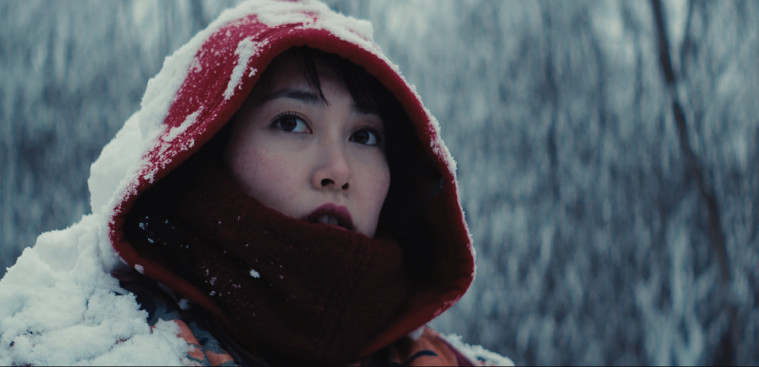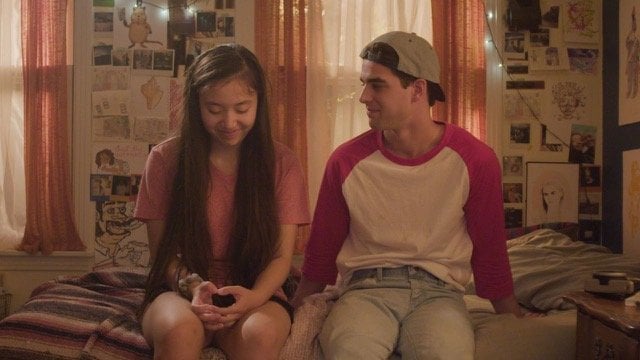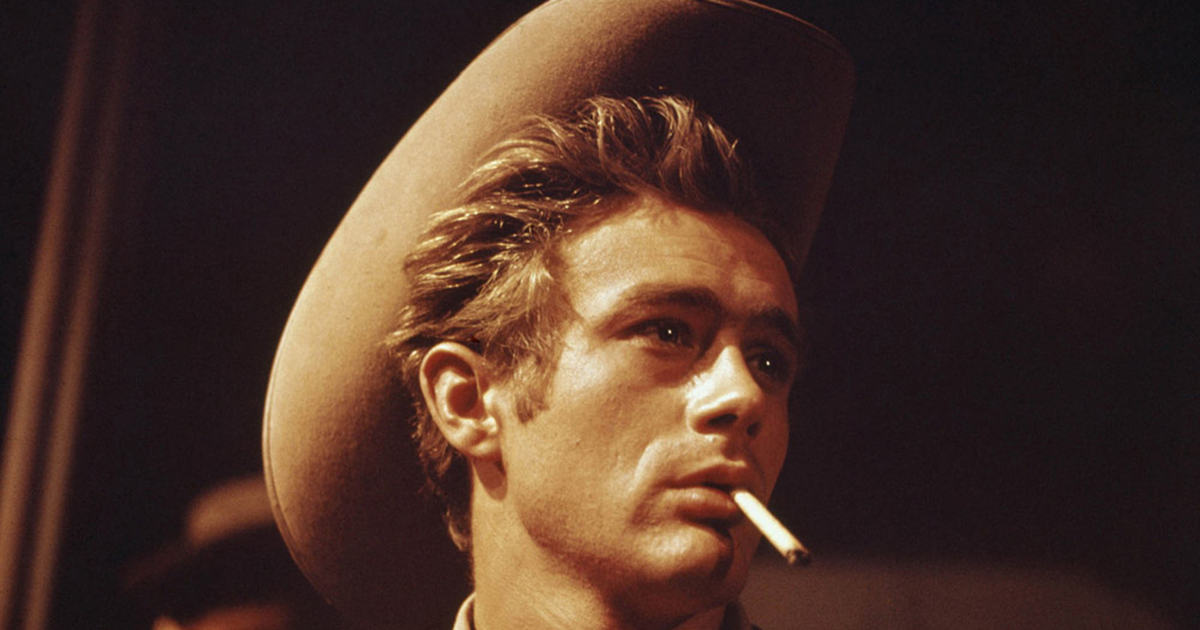
Zellner Brothers’ Latest Film Explores Fact as Fiction
A version of this story ran in the June 2015 issue.

In November 2001, a Japanese office worker named Takako Konishi flew from Tokyo to Minneapolis, traveled west to North Dakota and then back into Minnesota, and then committed suicide in a field outside the small Minnesota town of Detroit Lakes. As a result of a strange series of miscommunications, misunderstandings and early-Internet urban-legend-making, rumors started swirling that Konishi had traveled to the region in search of the buried ransom money from the 1996 Joel and Ethan Coen crime drama Fargo. That movie begins, after all, with the words “This is a true story.” Who wouldn’t want to believe that a troubled woman might have read them and decided to search for the treasure, and then killed herself when she failed to find it?

It turns out the legend of Takako Konishi was no more true than the stories of Jerry Lundegaard and Marge Gunderson. Konishi was just depressed about losing her job, and had returned to the site of a romantic trip she had taken with a former lover, where she found her memories too much to bear. The Coen brothers, for their part, had simply made a fictional movie. Still, the sad, strange, conflated tale stuck with Austin filmmakers David and Nathan Zellner, and over the next decade served as the steady inspiration for Kumiko, the Treasure Hunter, the Zellners’ new meditation on loneliness and blind hope.
It’s a movie that even further blurs the line between Konishi’s reality and Fargo’s fiction, a “based on a true story” yarn about a woman who mistakes the story unfolding in a movie for truth, and a meta-experimentation that somehow manages to also be one of the more heartfelt films I’ve seen in years.
Sitting down to watch Kumiko, which becomes available on Blu-ray June 30, I had no doubt the Zellner brothers could handle the quirkiness and self-reflexivity of the premise. For almost 20 years, over the span of 15 short and feature-length films, the Austinites have been telling bizarre stories, each more conceptually daring and flamboyant than the last, from the cautionary tale of Flotsam/Jetsam and the Adult Swimready stoner madness of the Fiddlestixx trilogy (starring a monkey) to the feature Goliath, which is about a man searching obsessively for his cat. I was uncertain, however, about their ability to capture the sadness at the heart of a story about a lonely woman searching for meaning and hope, especially when that story has a suicide at its center. The Zellners are great idea guys, but in their movies emotion has always taken a back seat to avant-garde lightheartedness and whimsy.
Kumiko, the Treasure Hunter is a yarn about a woman who mistakes the story unfolding in a movie for truth, and a meta-experimentation that somehow manages to also be one of the more heartfelt films I’ve seen in years.
Kumiko, I’m happy to say, is a work of full maturity and artistry, the kind of movie they’ve always hinted they were capable of making. Their protagonist (played with near-silent brilliance by Rinko Kikuchi) is a loner and underachiever plagued by ever-present melancholy. Already past the age when most office working women in Japan have gotten married and started families, Kumiko toils wordlessly and without emotion at her dead-end job, surrounded by younger women she doesn’t understand and repeatedly chastised by a boss who doesn’t understand her. When she discovers an old VHS copy of Fargo in a seaside cave, Kumiko finally sees a way into, and out of, her life. So with nothing but a treasure map she’s drawn on cloth and her boss’s credit card, she heads off to America—like a Spanish conquistador “hunting for riches in the Americas,” she says—on a quest of solitude, silence and, probably, insanity.
In Kumiko, the Zellners have found their muse. Gone are the flashy freak-outs of their earlier films, replaced by an unhurried character study that gets only more compelling and emotional the further Kumiko drifts from the real world into the world of her mind. The movie’s point isn’t the strangeness and fertility of the filmmakers’ imaginations, but the depth of their protagonist’s humanity. Her madness is far more important than theirs. All those familiar Zellner touches—the extended silences, the deadpan reactions, the fascination with eccentricity—are here employed in service of something meaningful. No longer simply gestures without heart, they now speak to the loneliness and despair, and even hope, of their unmoored heroine. The result is so much more moving than anything the filmmakers have managed before. In making a movie about a woman who wishes her life were more like a movie, David and Nathan Zellner have at long last found a way to make a movie that’s more like life.


